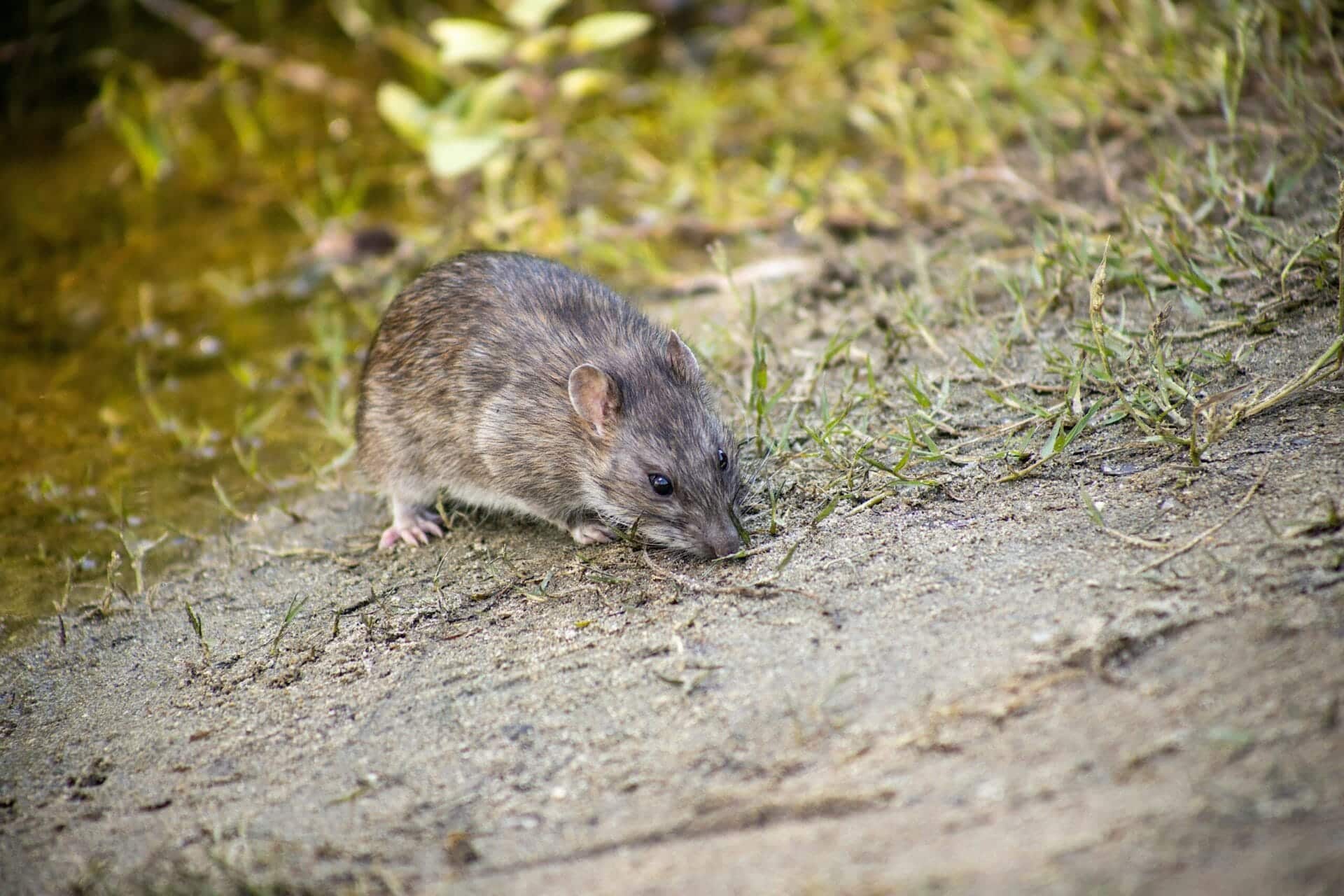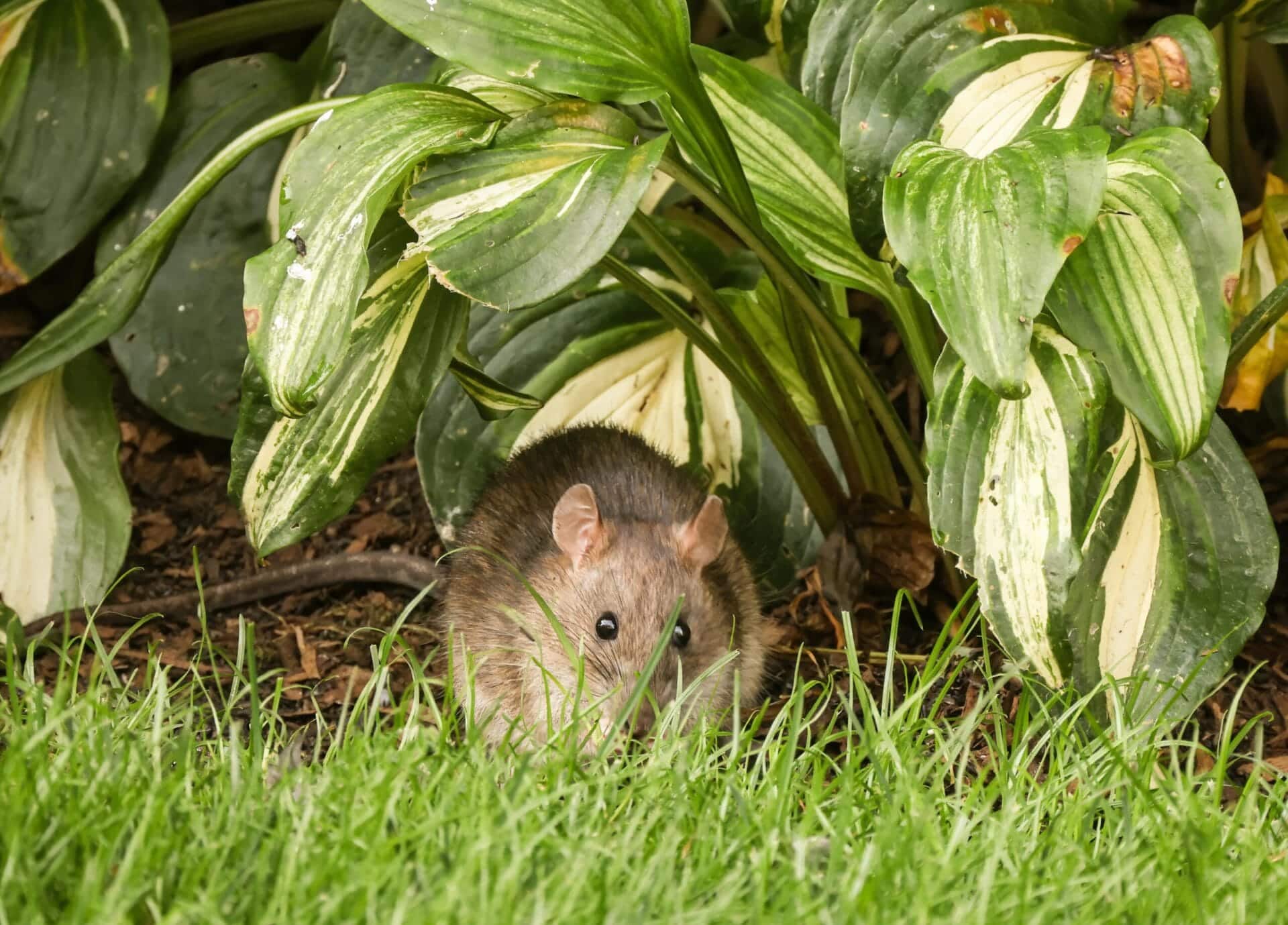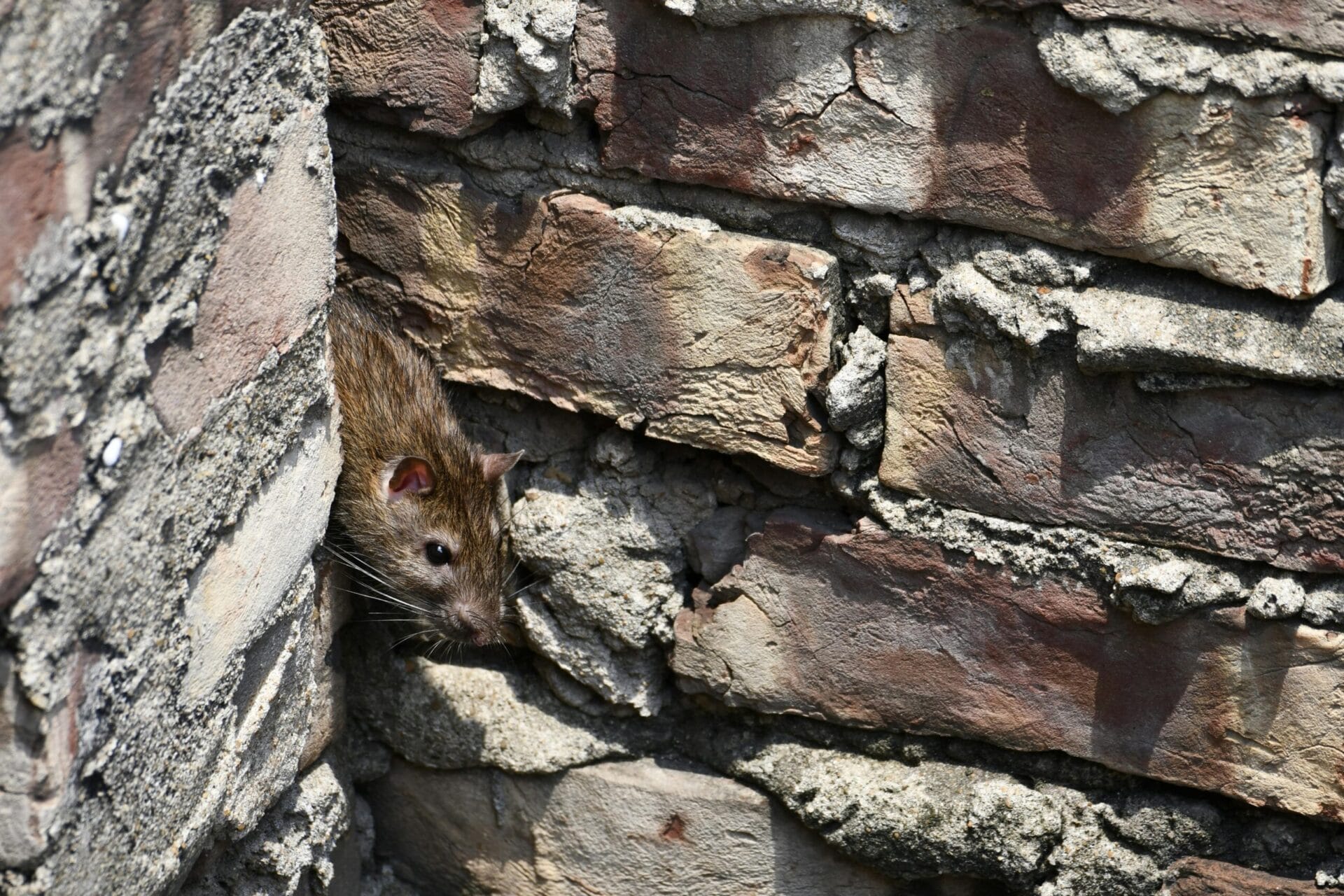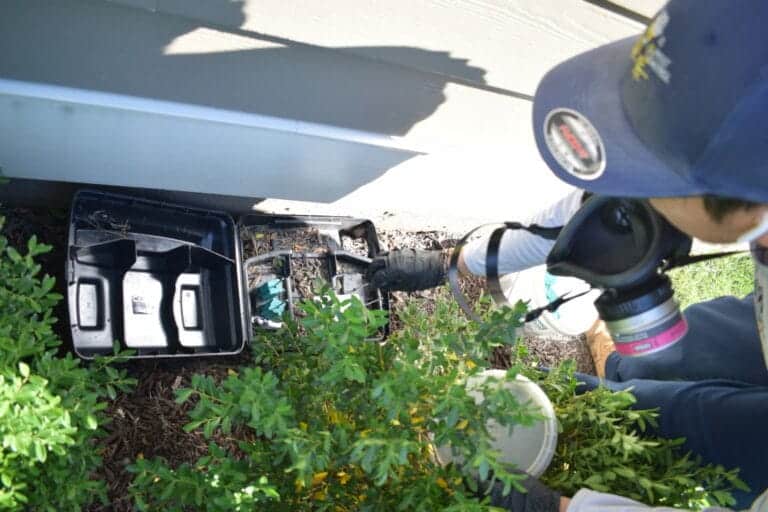All About Rats
Rats are common household pests that can cause damage and spread disease.
Quick Facts about Rats
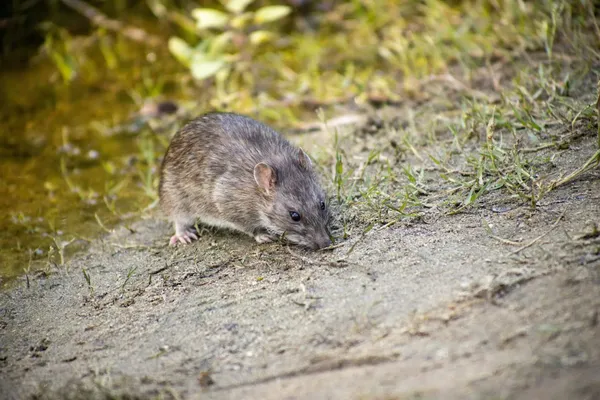
Rats Identification Guide
Physical Characteristics
Rats are larger rodents with distinct physical traits that make them easy to differentiate from mice. Their bodies typically range from 6 to 10 inches long, with tails that can be just as long as their bodies. They have blunt snouts, small eyes, and large ears. Rat droppings are about 1/2 inch long, dark, and capsule-shaped, helping to distinguish them from mouse droppings, which are smaller and pointed at the ends.
Common Species
-
Norway Rat (Rattus norvegicus) - Also called the brown rat, this species is larger and typically found burrowing near foundations or in basements.
-
Roof Rat (Rattus rattus) - Also called the black rat, this species is more agile and prefers attics and high places.
Rats Behavior and Biology
Rats reproduce quickly, with a single pair capable of producing hundreds of offspring in a year. Their ability to chew through wood, plastic, and even soft metals allows them to gain access to homes with ease. Rats are primarily nocturnal and will eat nearly anything, making them highly adaptable to different environments.
How We Treat for Rats
We follow a 4-step rodent protocol to ensure effective control:
-
Inspection - Our licensed technicians conduct a full inspection to locate hot spots where rats are active. This includes looking for droppings, gnaw marks, and potential food sources like pet food and birdseed.
-
Rodent Bait Stations - We place tamper-proof bait stations in key areas to reduce the population effectively.
-
Follow-Up Visits - We return at intervals (typically at 1 and 3 weeks) to assess bait consumption and adjust the plan as needed.
-
Long-Term Maintenance - To prevent reinfestation, we recommend ongoing quarterly service to monitor and manage rodent activity.
Additional methods we use:
-
Snap Traps - Ideal for quick population reduction, especially inside homes where baiting might lead to odor issues.
-
Exclusion Services - Sealing entry points is considered for long-term rodent proofing but is not the primary form of control.
Common Questions about Rats
How do I know if I have a rat problem?
+
Look for droppings, gnaw marks on food packaging, scratching noises in walls or ceilings, and grease marks along walls where rats travel.
How quickly can rats reproduce?
+
A single female rat can produce up to 12 litters per year, with each litter containing 6-12 pups. If left unchecked, an infestation can grow rapidly.
What's the average cost of rat treatment?
+
One-time services typically range between $250-$400, while ongoing prevention plans start at $39/month after an initial setup fee.
Do you seal up entry points to keep rats out?
+
Exclusion can be part of a long-term control plan, but we focus on eliminating the infestation first to avoid trapping rodents inside walls.
What if I still see rats after treatment?
+
If you're on a recurring plan, we provide free unlimited callbacks to retreat the issue until we achieve control.
Why don't you just use traps instead of bait?
+
While snap traps are used inside, bait stations are more effective for reducing populations outdoors before they enter your home. Rats are also neophobic (afraid of new things), so traps alone often take longer to be effective.
More Resources About Rats
Explore our guides and articles for more information about rats.
- ›Different Types of Rats: How to Identify Rat Species at Home
- ›Rat Lifespan: How Long They Live & Why It Matters
- ›Roof Rat vs Norway Rat: Identify Which Invaded Your Home
- ›Male vs Female Rats: Key Differences You Need to Know
- ›The Ultimate Guide to Rodent Control
- ›Does Baking Soda Kill Rats? The Science Explained
- ›Best Rat Repellent Methods: Natural & Commercial Options
- ›Mice vs Rats: Identifying and Treating These Common Pests
- ›How Long Do Rats Live? Key Facts For Effective Control
- ›Mouse vs Vole: Key Differences Every Homeowner Should Know
- ›Best Mouse Bait Guide: Top Rodent Trap Options Compared
- ›Roach Poop: How to Identify Cockroach Droppings & What They Mean
- ›Norway Rat vs Roof Rat: Compare Size, Color, and Habitat
- ›Rats in Attic: Signs, Removal & Prevention Methods
- ›What Are The Differences Between Rats And Mice
- ›Effective Tips to Keep Mice Outside Your Home
- ›Ants in Walls: Why They Invade and How to Remove Them
Find Local Rat Control Services
We provide professional rats control throughout Virginia, Maryland, and the DC Metro area.
